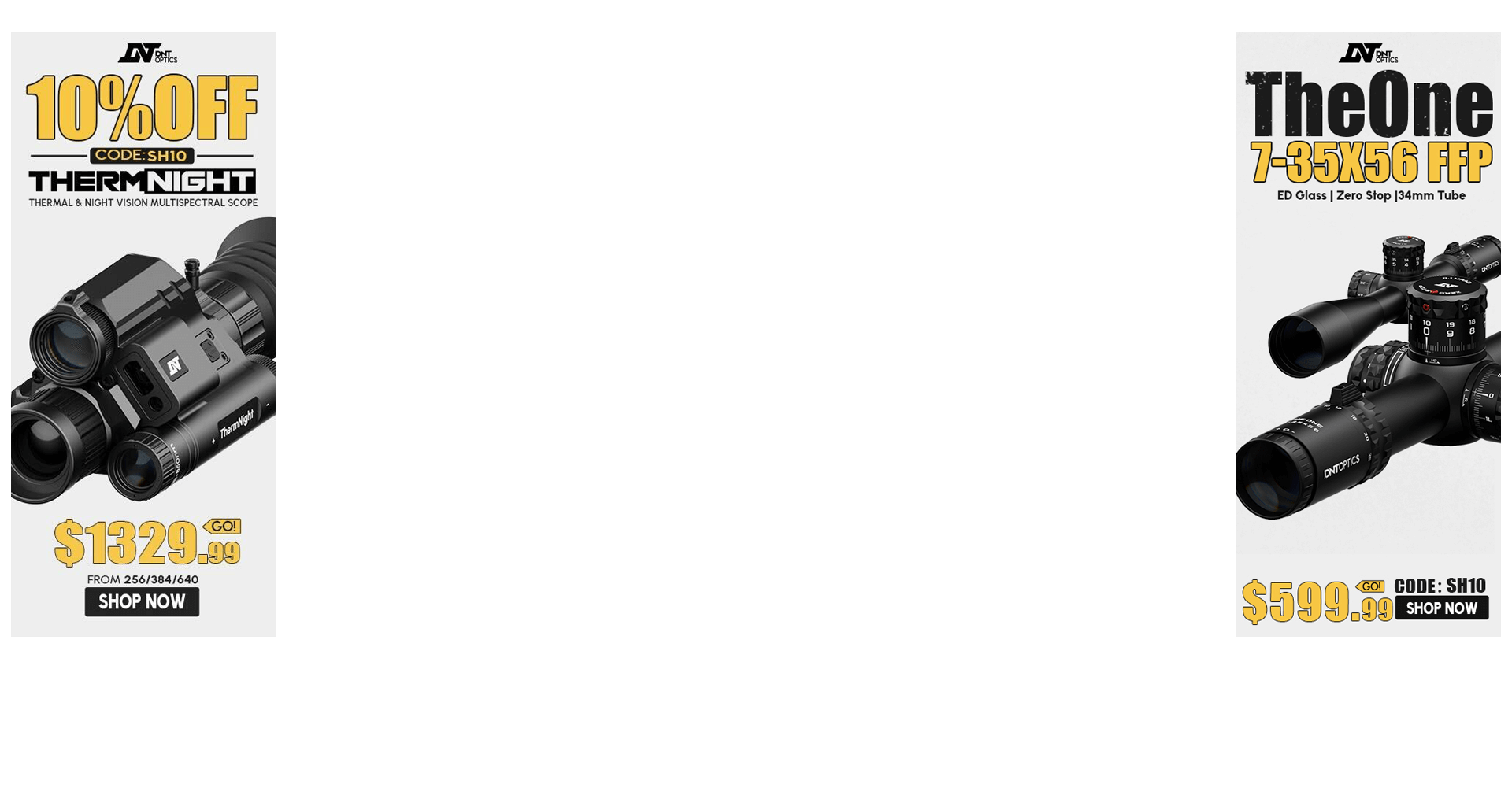Hi all,
What do you guys consider acceptable as far as bullet run out goes?
I'm loading 6.5x47L with 140 Hybrids using a Forster Ultra micrometer seater and getting up to 0.005" measured at multiple points with a Sinclair concentricity gage. I rarely get less than 0.002" and I've tried both new and 1x sized brass that's trimmed, chamfered, deburred and ran through an expanding mandrel to correct the case mouth bends and burrs.
On my 6.5 Creedmoor using a Redding micrometer seater I can consistently get tir under 0.0025" with Hornady 140 ELD M without any effort at all the only difference being the die.
Both guns shoot tight groups with SDs under 5fps, so the run out isn't necessarily causing any issues but I'm a machinist and having so much run out just bothers me and gives me the impression something is not right.
Forster sent me a new seating stem but didn't make a difference I'm about to send the Forster back and just get another Redding.
What do you guys think?
Cheers...
What do you guys consider acceptable as far as bullet run out goes?
I'm loading 6.5x47L with 140 Hybrids using a Forster Ultra micrometer seater and getting up to 0.005" measured at multiple points with a Sinclair concentricity gage. I rarely get less than 0.002" and I've tried both new and 1x sized brass that's trimmed, chamfered, deburred and ran through an expanding mandrel to correct the case mouth bends and burrs.
On my 6.5 Creedmoor using a Redding micrometer seater I can consistently get tir under 0.0025" with Hornady 140 ELD M without any effort at all the only difference being the die.
Both guns shoot tight groups with SDs under 5fps, so the run out isn't necessarily causing any issues but I'm a machinist and having so much run out just bothers me and gives me the impression something is not right.
Forster sent me a new seating stem but didn't make a difference I'm about to send the Forster back and just get another Redding.
What do you guys think?
Cheers...

